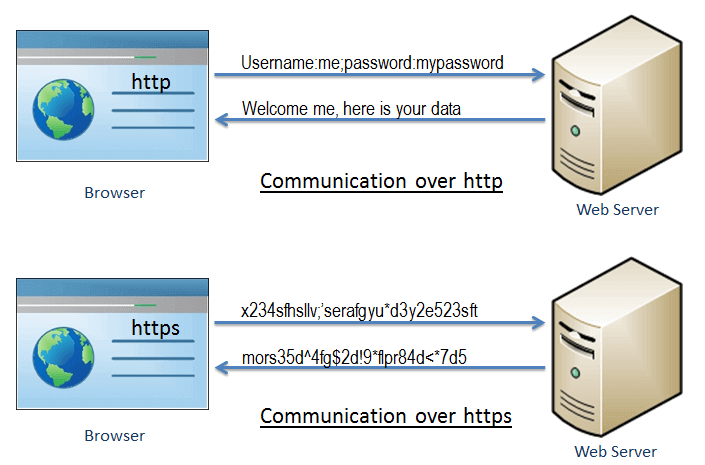HTTPS stands for Hyper Text Transfer Protocol Secure. HTTPS is a protocol for securing interaction between two systems such a website and the web browser. Google encourages website owners to use to adopt HTTPS in order to protect your users’ connections to your website, regardless of the content on the site. Internet users expect a secure and private online experience when using a website.
ALSO READ: How to Create a New YouTube Channel
How does HTTPS work?
The Hypertext Transfer Protocol (HTTP) transfers data between a website and the browser in a hypertext format, while the HTTPS transfers data in the encrypted format. In short, HTTPS creates a secure channel over an insecure network. This ensures protection / prevention against hackers from reading and modifying the data during the transfer between the web server and a website provided that enough cipher suites are used and that the web server certificate is verified and trusted. According to tutorialsteacher.com, even if hackers manage to seize the communication between the server and the browser, they won’t be able to use it because the message is encrypted.
Hypertext Transfer Protocol Secure (HTTPS) established an encrypted link between a website and the browser a protocol called Transport Layer Security (TLS), formerly known as Secure Sockets Layer (SSL). This protocol secures communications by using an asymmetric public key infrastructure.
This type of security system uses two different keys to encrypt communications between two parties:
- The public key – the public key is available to everyone who wants to connect with the web server the way it is secure. The private key is the only one that can decrypted information that is encrypted.
- The private key – as the name suggests, the private key is controlled by the website’s owner. The private key stays on a web server and is used to decrypt information encrypted by the public key.
Secure Socket Layer (SSL)
What is SSL? SSL stands for Secure Sockets Layer, it is an encryption-based Internet security protocol. SSL is the predecessor to the modern TLS encryption used today. SSL allows sensitive information such as social security numbers, login credentials and credit card numbers to be transmitted securely.
Difference between HTTP and HTTPS

Most people are not aware of the difference between the HTTP:// and HTTPS://, these are almost similar but they are different. Below are some of clear differences between HTTP and HTTPS:
HTTP (HyperText Transfer Protocol)
- HTTP is unsecure
- HTTP URL in your browser’s address bar is http://
- HTTP sends data over port 80
- HTTP operates at application layer
- No SSL certificates are required for HTTP
- HTTP doesn’t require domain validation
- No encryption in HTTP
HTTPS (Hypertext Transfer Protocol Secure)
- HTTPS is secured
- HTTPS URL is https://
- HTTPS uses port 443
- HTTPS operates at transport layer
- HTTPS it is required that you have an SSL certificate and it is signed by a CA
- HTTPS requires at least domain validation and certain certificates even require legal document validation
- HTTPS the data is encrypted before sending
Advantage of HTTS
- Data Integrity
- Secure Communication
- https increases SEO ranking
- Faster Performance
- Protects the privacy and security of website users
Image Courtesy: thesslstore.com
